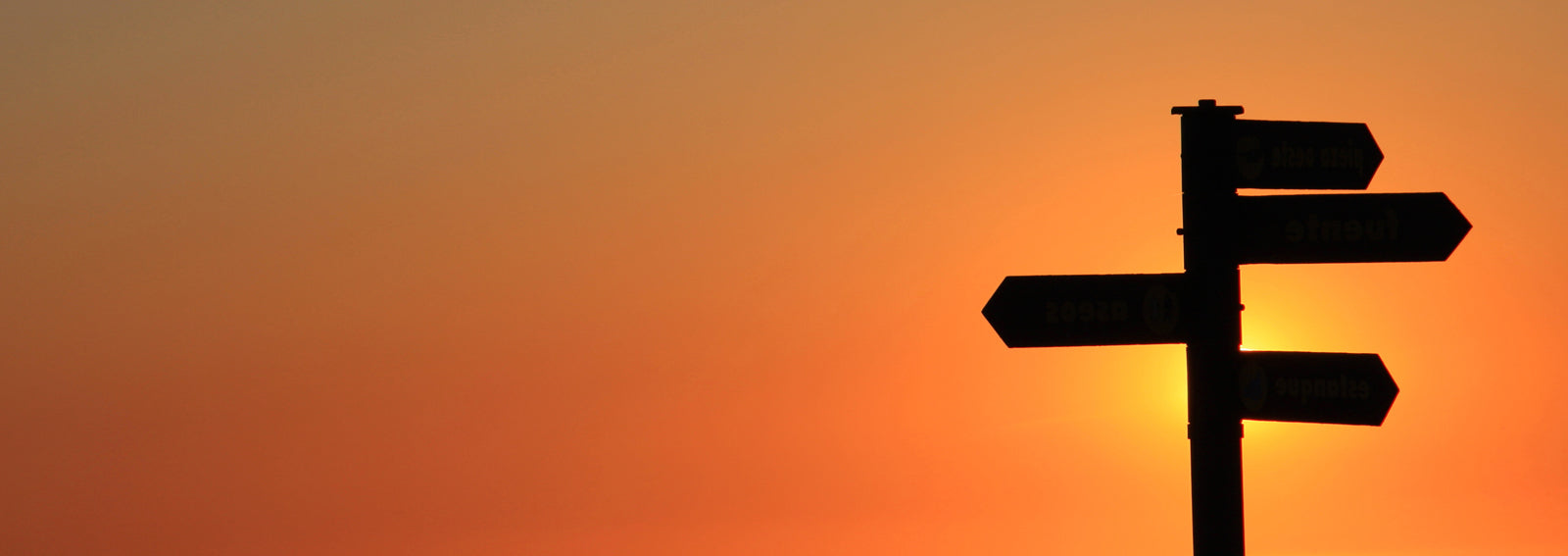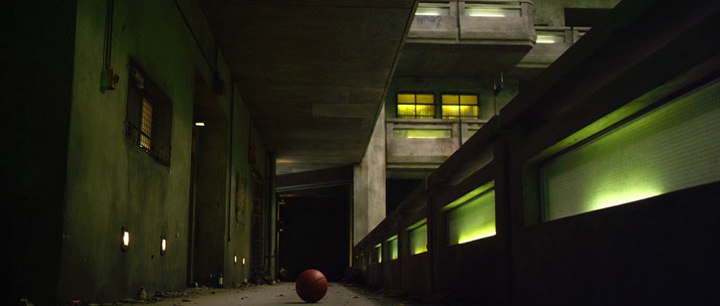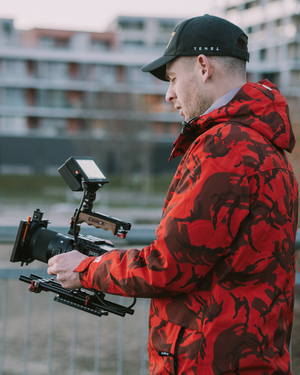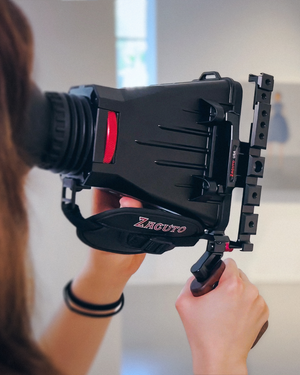
What is Art Direction & Production Design?
So what is Art Direction? What is Production Design? At the end of my initial introduction piece to this series, I mentioned “definition” and “what it means” in the same sentence. In an artistic setting, I believe it is important to understand both the definition of these jobs and departments and also 'what it means.' By that, I mean what is the actual application of these roles and how will they affect my film.
Prior to working on my most recent feature, I was often confused about the specific definitions of Art Director and Production Designer. In many cases, I felt it was the same thing, just a different description. Even on major productions these two positions can be ambiguous. These role assignments greatly depend on the scope and overall budget of the film. For smaller films, they can be one and the same.
In the case of Pop-Up, our Production Designer spearheaded the entire art department, and a second-in-command was appointed under the title of Art Director. It was only through intense observation and clear communication that I began to get a better grasp on the nuances of each role. Let’s try and demystify each responsibility.



Conceptualize: Look at the big picture. Think holistically. Create a blueprint on how you want your film to feel. Preparation is key!
Use Your Imagination: Make things interesting to look at! Good lighting will augment any scene when constructed, thought-out, and dressed properly.
Create Mood: Set the tone by using coherent color palettes to express an emotion, style, or feeling. Also, don’t skimp on props.
Theme: People often forget that it’s the art department that creates the visual components that make a set look more cinematic or filmic.
Color palette from the movie 300
 *****
Read the rest of the series!
Read Part 1 here: Introduction
Read part 3 here: 3 Art Direction Tips for Productions on a Budget
Read Part 4 here: Graphic Novel Inspiration: Frank Miller and Zack Snyder
Read Part 5 here: Lessons from a Master – John Seale, ASC ACS
Read Part 6 here: 4 Lessons from a Film Set
*****
Read the rest of the series!
Read Part 1 here: Introduction
Read part 3 here: 3 Art Direction Tips for Productions on a Budget
Read Part 4 here: Graphic Novel Inspiration: Frank Miller and Zack Snyder
Read Part 5 here: Lessons from a Master – John Seale, ASC ACS
Read Part 6 here: 4 Lessons from a Film Set

What is Production Design?
Production Design encapsulates a holistic, visual approach to an entire film. This process determines the look of the environment, which includes locations, colors, textures, space, and objects that are used in a scene. Also the aesthetics of an actor’s presentation, costume, and makeup. This creates (or is created from) an overall color palette for the film - a fundamental requirement in filmmaking that can have a profound impact on the tone and underscored message of your movie. A great example of a cohesive color palette from the movie Dredd.


What is Art Direction?
When Art Direction is thrown in the mix, I often think of the term “Project Management”. If a Production Designer oversees the entire look of the film, an Art Director’s job is to facilitate and implement the Production Designer's creative intent. This eventually gives the film its unique visual identity. They take care of the nitty gritty bits. From the largest scale locations to the smallest details. On a finer level, art direction also encompasses several other important things such as tweaking and fixing up a location so that it looks correct on screen. This can be referred to as “set dressing”. Art Direction also includes props & wardrobe. These elements, when chosen wisely, will render a scene more believable or convincing. The overall aesthetic, dictated by a Production Designer and implemented by an Art Director, influences the final film as much as lighting, storylines, and dialogue.Why is this important to you?
So, let’s broaden this conversation a bit. What does Production Design & Art Direction actually mean when given priority in your filmmaking process? What are its implications? Well in short, by spending extra time or allocating a few more financial resources to that area, your images can start to take on an augmented reality. You will also notice how much easier it becomes to light a scene or location. Your images will look decent no matter where you block or move the camera. You will also begin to see the how color & texture will affect your lighting choices, and you’ll appreciate how much more your work is affected by someone else’s creative choices. Till the next installment, I’d like to leave you with these thoughts on Production Design (and then ultimately Art Direction) that we’ll be digging in to over the next few articles. *****
Read the rest of the series!
Read Part 1 here: Introduction
Read part 3 here: 3 Art Direction Tips for Productions on a Budget
Read Part 4 here: Graphic Novel Inspiration: Frank Miller and Zack Snyder
Read Part 5 here: Lessons from a Master – John Seale, ASC ACS
Read Part 6 here: 4 Lessons from a Film Set
*****
Read the rest of the series!
Read Part 1 here: Introduction
Read part 3 here: 3 Art Direction Tips for Productions on a Budget
Read Part 4 here: Graphic Novel Inspiration: Frank Miller and Zack Snyder
Read Part 5 here: Lessons from a Master – John Seale, ASC ACS
Read Part 6 here: 4 Lessons from a Film Set



Leave a comment